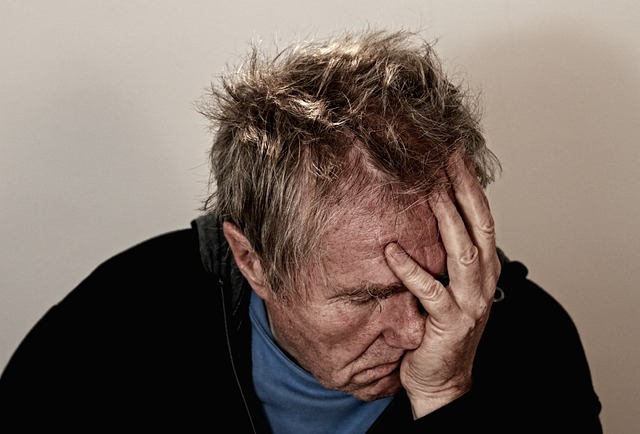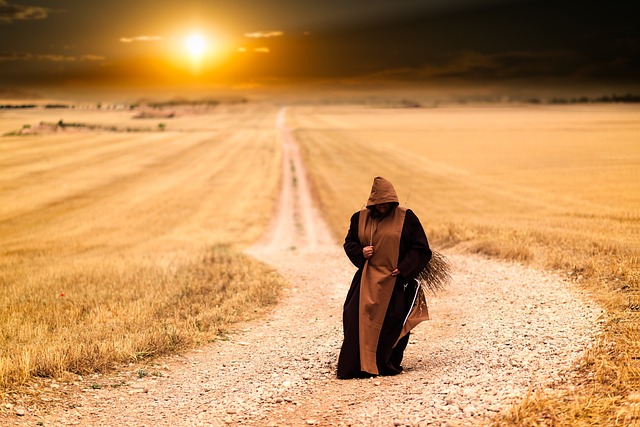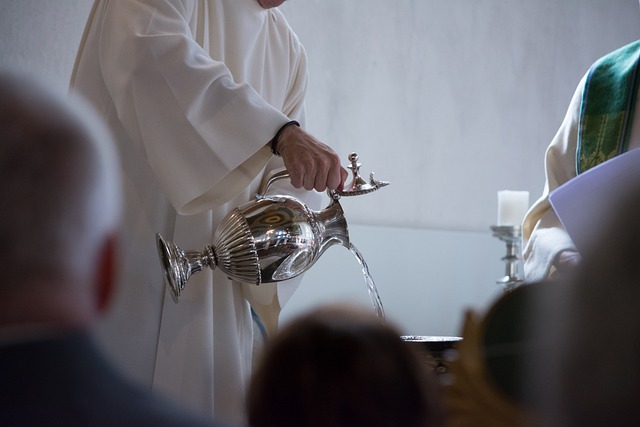Rituals have long been a profound part of human experience, weaving together communities, beliefs, and emotions. Among the many elements found in rituals, suffering often emerges as a powerful and sometimes perplexing force. While suffering is typically viewed as a negative experience to be avoided, within the context of rituals, it can carry deep symbolic meaning and foster transformative growth.
Consider the palpable feeling of vulnerability and endurance that comes with ritualistic suffering. It’s an experience many can resonate with—whether through personal hardship, loss, or moments of introspection. This shared confrontation with suffering allows participants to connect more deeply with their own humanity and with the collective narratives that rituals embody.
In many cultures, suffering is not just endured but embraced as a necessary path to purification, healing, or enlightenment. The intentional engagement with suffering can serve as a rite of passage, marking significant transitions in life or affirming communal bonds. This purposeful encounter with pain or challenge can illuminate paths toward resilience, empathy, and spiritual insight.
Moreover, the act of participating in rituals that involve suffering often invites reflection on the nature of pain itself. It prompts questions about endurance: How much can we bear? What can suffering teach us about ourselves and our shared human condition? These reflections can cultivate a sense of acceptance and even gratitude, shifting suffering from a purely negative experience to a catalyst for growth.
For many, recognizing the role of suffering in rituals offers a way to reframe personal struggles, seeing them as part of a larger, meaningful process. This perspective fosters connection—not only with tradition but with others who have walked similar paths. It reassures us that suffering, while deeply challenging, can be a source of strength and insight when embraced within the sacred structure of ritual.
In the end, exploring the role of suffering in rituals invites us to acknowledge the complexity of human experience. It reminds us that pain is intertwined with beauty, challenge with transformation, and that through ritual, suffering finds a voice that speaks to our collective resilience and hope.



